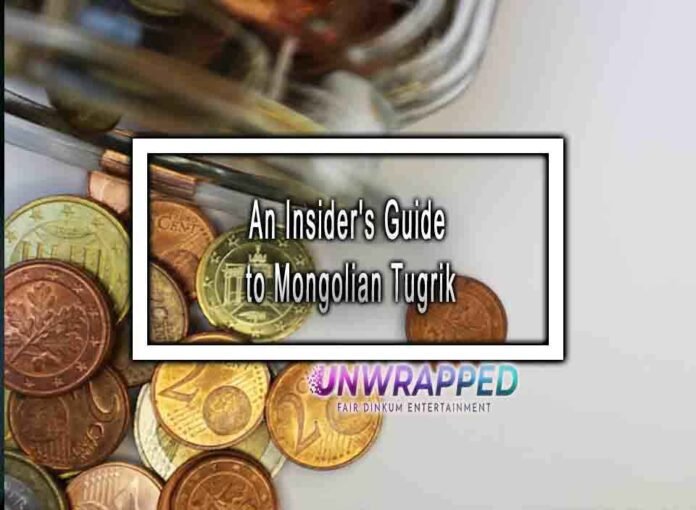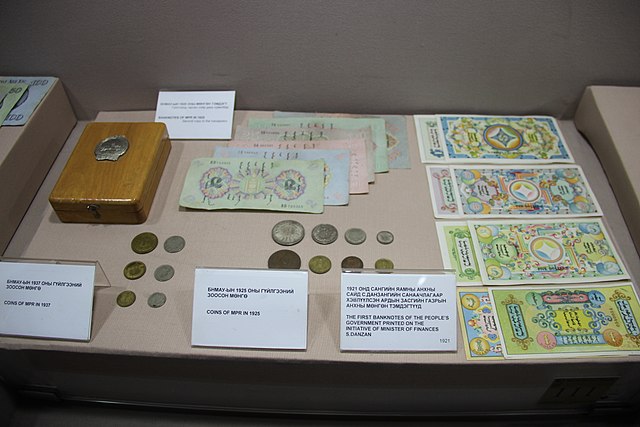The Mongolian Tugrik (MNT) is the official currency of Mongolia. Here’s an insider’s guide to the Mongolian Tugrik:
1. History and Introduction:
- The Tugrik has been the official currency of Mongolia since December 9, 1925, when it replaced the Mongolian Dollar. It underwent several redenominations, with the most recent one in 1993.

2. Symbol and Code:
- The symbol for the Mongolian Tugrik is “₮,” and its ISO code is MNT.
3. Subdivisions:
- The Tugrik is subdivided into smaller units called möngö (мөнгө). One Tugrik is equivalent to 100 möngö.
4. Denominations:
- Banknotes and coins are used in Mongolia. Banknotes are commonly issued in denominations of 1,000, 5,000, 10,000, 20,000, and 50,000 Tugrik. Coins are available in smaller denominations.
5. Exchange Rate:
- The exchange rate of the Mongolian Tugrik can experience fluctuations. It’s important to check current rates when engaging in currency exchanges or financial transactions.
6. Central Bank:
- The Bank of Mongolia, also known as the Mongolbank, is the central bank responsible for issuing and regulating the Mongolian Tugrik. It also formulates and implements monetary policy.
7. Economic Context:
- Mongolia is known for its vast, resource-rich landscapes. The country’s economy is influenced by factors such as mining, agriculture, and livestock herding. Economic conditions can impact the value of the Tugrik.
8. Tourism Impact:
- Tourism plays a role in Mongolia’s economy, and visitors may use the Tugrik for various transactions. Understanding the currency is beneficial for tourists exploring the country.
9. Foreign Exchange Controls:
- Mongolia has certain foreign exchange controls in place. Travelers should be aware of these regulations when entering or leaving the country.
10. Challenges and Reforms:
- Mongolia has faced economic challenges, including fiscal deficits and external debt. The country has undertaken various reforms to address economic issues and maintain stability.
11. Mining Industry Influence:
- Mongolia’s economy is significantly influenced by its mining industry, particularly coal, copper, and gold. Changes in global commodity prices can impact the Tugrik.
12. Nomadic Culture Influence:
- Mongolia has a rich nomadic culture, and this lifestyle continues to be an integral part of the country’s identity. The Tugrik reflects the economic and cultural aspects of Mongolia.
13. Currency Redenomination:
- Mongolia underwent a currency redenomination in 1993, resulting in the replacement of the Mongolian Tugrik with a new currency. The adjustment aimed to simplify transactions and manage inflation.
14. Accessibility and ATMs:
- In urban areas and popular tourist destinations, ATMs are available for currency withdrawals. However, it’s advisable to carry some cash, especially when traveling to more remote areas.
15. Global Acceptance:
- While the Mongolian Tugrik is primarily used within Mongolia, it may not be widely accepted in international transactions. It’s recommended to exchange currency or use international payment methods when traveling abroad.
Understanding the Mongolian Tugrik involves considering its historical context, economic drivers, and practical aspects related to its use. Whether you are a traveler or an investor, staying informed about the currency and its nuances is essential for a meaningful experience in Mongolia.











